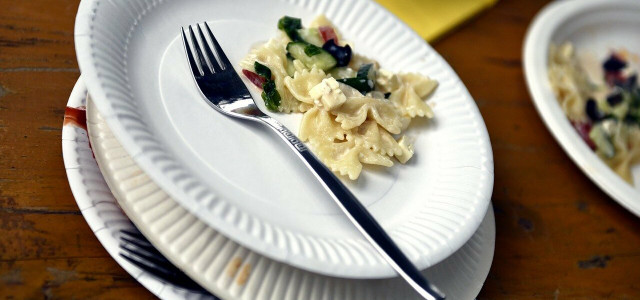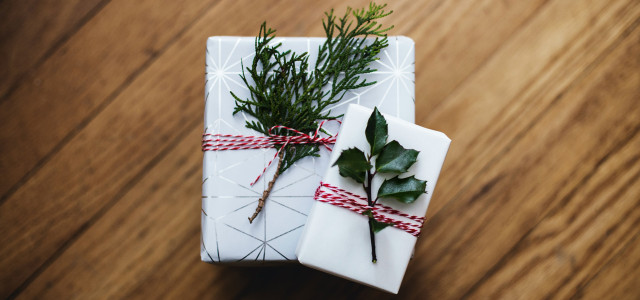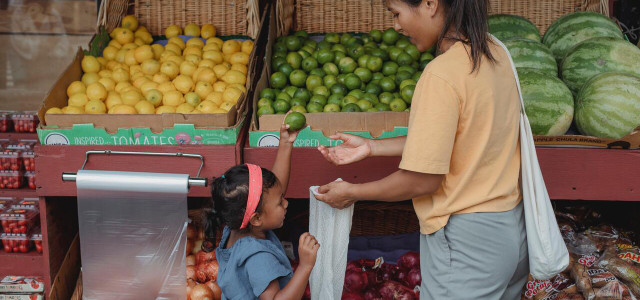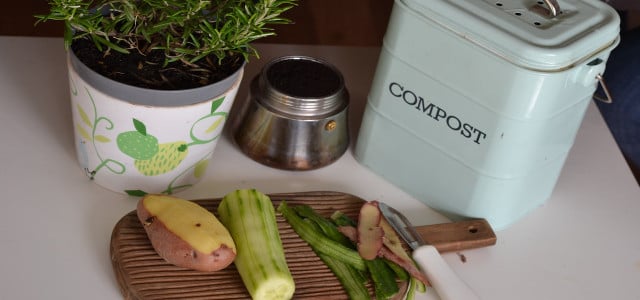Most paper plates are difficult to recycle, but there are a few things you can do in order to save your party waste from ending up in landfill.
Although paper plates are a staple of most parties, they are unfortunately a major source of waste. Several factors make paper plates more difficult to recycle compared to other paper products. However, there are some things you can do to reduce your waste, and you can also choose to use more environmentally friendly alternatives to conventional paper plates. Read on to learn more about why paper plates can’t be recycled, and how to avoid these issues wherever possible.
Traces of Food
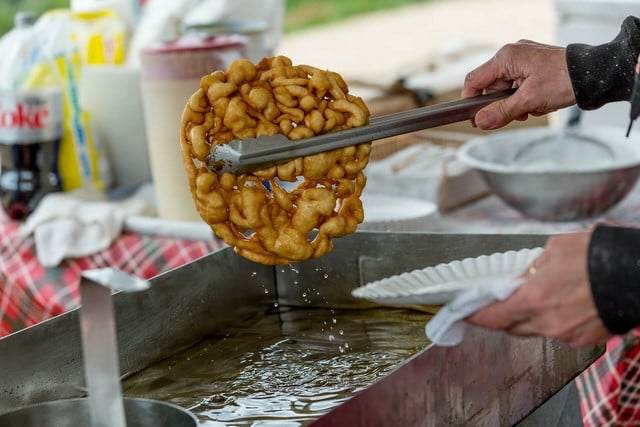


One of the most common reasons why you might not be able to recycle paper plates is because it has traces of food on them. Food waste, and especially grease stains, can interfere with the recycling process, and so most centers won’t accept them. In order to reduce the risk of food traces preventing your plates from being recycled, here are some things you can do:
- Stick to dry foods. Foods that don’t leave a greasy residue are less likely to stick to your paper plates and interfere with recycling.
- Wipe your plates clean before disposal. Even if some food does stick to your plates, they can sometimes still be suitable for recycling if you clean them before throwing them away. Just make sure to check there aren’t any permanent grease marks that could prevent the plates from being recycled.
- Cut away stained pieces and recycle the rest. If you end up using your plates for greasy foods and they come away with smaller stains you can’t remove, you can still recycle some parts. By separating the grease-stained and clean parts, you could still recycle a significant proportion of your paper plates.
Plastic or Wax Coating



Another common feature of paper plates that prevents them from being recycled is their plastic or wax coating. Many paper plates have this kind of coating around them in order to reduce absorption of liquids and to make them more sturdy. Unfortunately, these protective layers usually can’t be separated from the paper parts, as would be required during the recycling process.
Since these kinds of paper plates cannot be recycled at all, the best thing to do is not to buy them at all. However, if you have already purchased paper plates with protective coating, here are a few things you can do to reduce waste:
- Reuse your paper plates. Since coated paper plates are made to last longer than paper alone, why not make full use of them and use them a few times before disposal? Gently hand wash them after each use and try to only throw them away once they are too flimsy to use.
- Compost your paper plates. Although they usually can’t be recycled, some types of coated paper plates can still be composted. If your plates are labeled as “compostable”, or if they use “PLA” (a type of biodegradable plastic), you can put them in your compost bin as a dry, or “brown” ingredient.
Sustainable Alternatives to Paper Plates
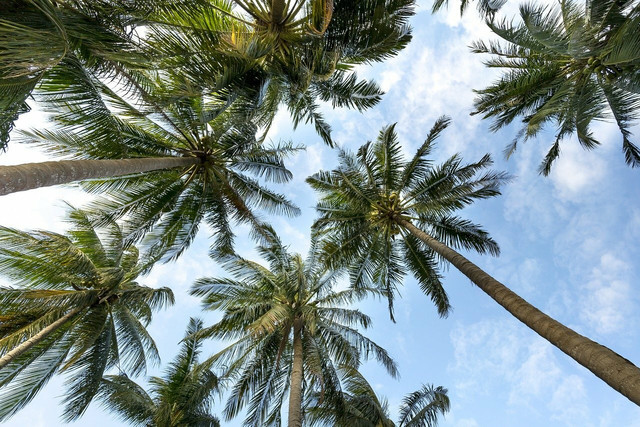


Although there are some ways to reduce the environmental impact of paper plates, they are ultimately an unsustainable product. You should therefore look into alternatives for paper plates.
The best option is, unsurprisingly, to use conventional, reusable plates. These won’t produce any extra waste, and even the water cost associated with washing them will be much smaller than the production cost of new plates. If you absolutely must use disposable plates, however, there are other more sustainable options compared to paper plates. For example, these palm leaf plates (available on Amazon**) are made from leaves that fall naturally to the ground. Given the negative environmental impacts of the logging industry, opting for more sustainably sourced materials like this is much better than purchasing paper plates. Palm leaf plates are also fully compostable.
At the end of the day, different regional municipalities have different guidelines for recycling. It is therefore always worth checking whether paper plates can be recycled in your area. However, it is also good to reduce any kind of waste wherever you can, even recyclable waste — so unless it is absolutely necessary to use disposable items, you should opt for reusable options instead.
Read more:
- Can You Recycle Plastic Bags? Recycling Tips
- 9 Paper-Saving Tips You Can Easily Implement
- What Is a Forest? Describing Our Most Important Ecosystems
Do you like this post?






